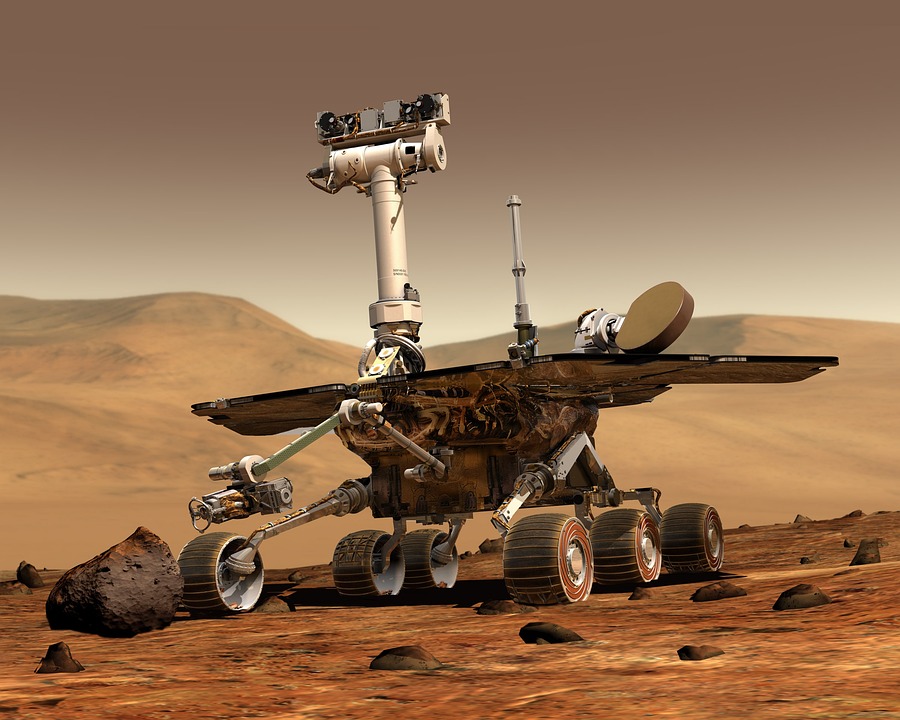
Dogs are known to be the first animal to be domesticated by humans. They were originally wild animals that lived in packs and hunted prey for survival. The domestication of dogs by humans began approximately 15,000 years ago, and it has had a significant impact on their evolutionary path.
The process of domestication of dogs was a gradual one, where humans selectively bred dogs for certain desirable traits, such as obedience, loyalty, and hunting skills. Through this process, dogs have undergone several evolutionary stages, leading to the creation of over 300 different breeds of dogs that exist today.
The impact of domestication on the evolutionary path of dogs can be understood by examining the different stages of evolution that dogs have gone through over the years. These stages include the wild stage, the transitional stage, the early domestication stage, and the modern dog stage.
The Wild Stage
The wild stage refers to the time before humans began domesticating dogs. At this stage, dogs were wild animals that lived in packs and hunted prey for survival. They had no interaction with humans and relied solely on their instincts for survival. During this stage, dogs evolved to become highly skilled hunters and were able to adapt to various environments, which helped them survive in different parts of the world.
The Transitional Stage
The transitional stage occurred when dogs first began to interact with humans. At this stage, dogs were not yet domesticated but were starting to rely on humans for food and protection. This interaction with humans resulted in changes in the behavior and physical characteristics of dogs. For instance, they became less aggressive towards humans and developed a greater ability to communicate with them.
The Early Domestication Stage
The early domestication stage began when humans started to selectively breed dogs for specific traits. At this stage, dogs became more dependent on humans, and their behavior and physical characteristics began to change rapidly. Humans selectively bred dogs for certain desirable traits, such as obedience, loyalty, and hunting skills. This led to the creation of different breeds of dogs, each with its unique physical and behavioral traits.
One of the most significant changes that occurred during this stage was the reduction in the size of dogs. Domestication led to a decrease in the size of dogs, making them more suitable for living with humans in confined spaces. Smaller dogs were easier to feed and required less space, which made them more suitable for urban living.
Another significant change that occurred during this stage was the development of specialized breeds. Different breeds of dogs were selectively bred for specific purposes, such as hunting, herding, guarding, and companionship. This led to the development of highly specialized breeds, each with its unique set of skills and traits.
The Modern Dog Stage
The modern dog stage is the stage that dogs are currently in. At this stage, dogs have been domesticated for thousands of years and have become highly specialized and adapted to living with humans. They have become dependent on humans for food, shelter, and protection and have evolved to become highly skilled at performing specific tasks.
One of the most significant changes that have occurred during this stage is the further reduction in the size of dogs. Small dogs have become even more popular as pets due to their low maintenance and adaptability to urban living. This has led to the creation of even smaller breeds, such as the Chihuahua and the Toy Poodle.
Another significant change that has occurred during this stage is the increased emphasis on the physical appearance of dogs. Humans have selectively bred dogs for their aesthetic appeal, leading to the development of breeds with unique physical characteristics, such as the Dalmatian with its distinctive spots and the Basset Hound with its long ears.
The Impact of Domestication on the Evolutionary Path of Dogs
The domestication of dogs has had a significant impact on their evolutionary path. It has led to rapid changes in accordance with the required word count.
These rapid changes in the behavior and physical characteristics of dogs have been driven by human selection, which has led to the creation of numerous dog breeds, each with its unique set of traits. Some of the impacts of domestication on the evolutionary path of dogs are discussed below.
Behavioral Changes
One of the most significant changes that have occurred in dogs due to domestication is the change in their behavior. Dogs have become highly social animals that are highly attuned to human behavior and emotions. They have developed an ability to understand human communication and have evolved to become highly skilled at performing specific tasks.
The selective breeding of dogs has also led to changes in their behavior. Different breeds of dogs have been selectively bred for specific purposes, such as hunting, herding, guarding, and companionship. As a result, different breeds of dogs have unique behavioral characteristics that are well suited to their specific purpose.
Physical Changes
Domestication has also led to significant changes in the physical characteristics of dogs. Humans have selectively bred dogs for specific physical traits, such as size, shape, and coat color. This has led to the development of numerous dog breeds, each with its unique set of physical characteristics.
The selective breeding of dogs has also led to the development of specialized breeds that are well adapted to specific environments. For example, breeds such as the Siberian Husky and the Alaskan Malamute have evolved to thrive in cold environments, while breeds such as the Greyhound and the Whippet have evolved to run fast and efficiently.
Health Issues
The selective breeding of dogs has also led to the development of numerous health issues in different dog breeds. Many dog breeds are prone to specific health issues, such as hip dysplasia, heart problems, and respiratory issues. This is because the selective breeding of dogs has led to a reduction in genetic diversity, which increases the likelihood of inherited health issues.
Conclusion
In conclusion, the domestication of dogs has had a significant impact on their evolutionary path. It has led to rapid changes in the behavior and physical characteristics of dogs, driven by human selection. Dogs have evolved to become highly social animals that are highly attuned to human behavior and emotions. They have also evolved to become highly skilled at performing specific tasks and are well adapted to living with humans in urban environments. However, the selective breeding of dogs has also led to the development of numerous health issues in different dog breeds. Therefore, it is important to carefully consider the potential impact of human selection on the health and welfare of dogs.







